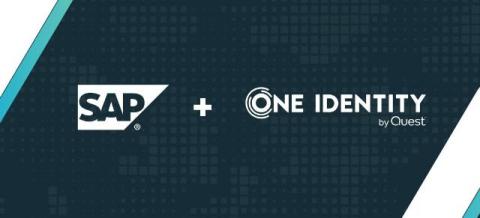Navigating the cyber insurance maze: How to avoid claim denials
Cyber insurance is a critical form of risk management, designed to mitigate the financial impact of a breach or other security incidents. By spreading the risk, it helps reduce the potentially catastrophic consequences to manageable levels. Cyber insurance is a fundamentally financial tool that is often handled by the financial or insurance arm of any organization, with strong involvement of the cyber security teams. While complex, this blog aims to simplify the essentials.









